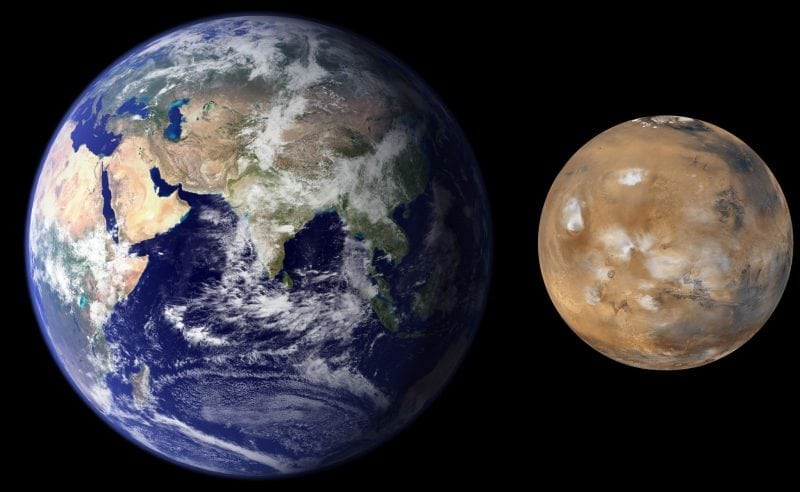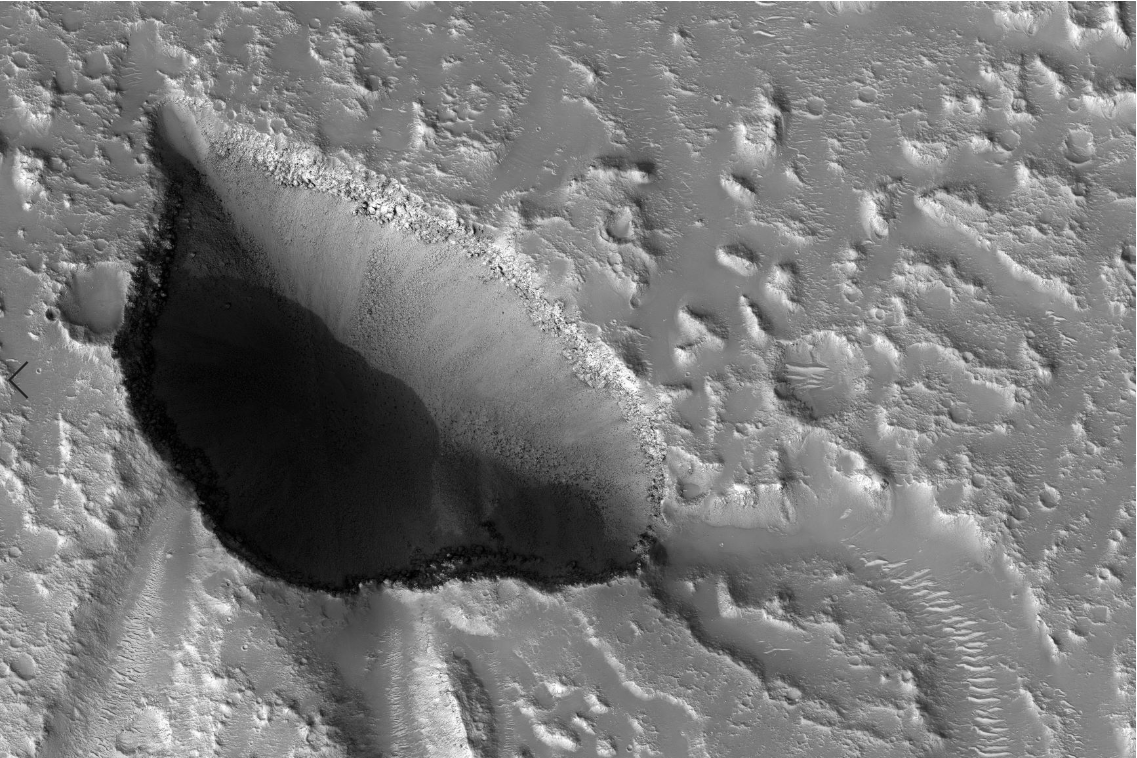Finding Earth 2.0 And Mars 2.0 Using Earth Similarity index & Mars Similarity index

Exoplanets are those planets outside our solar system. We are interested in finding Earth version 2.0 and in our work, we have extended to find…
Read more










